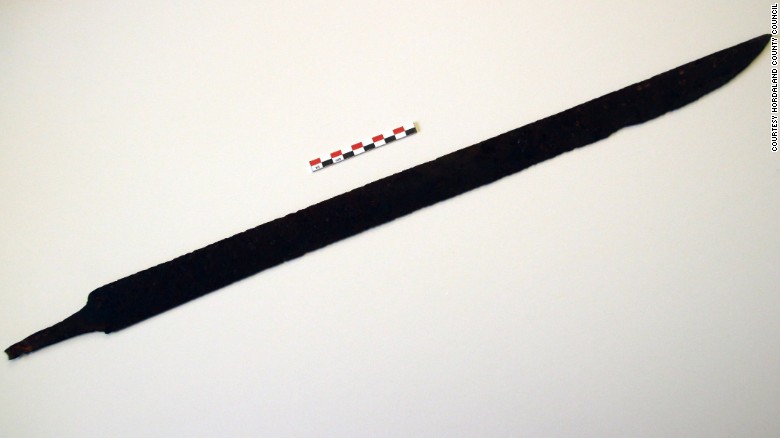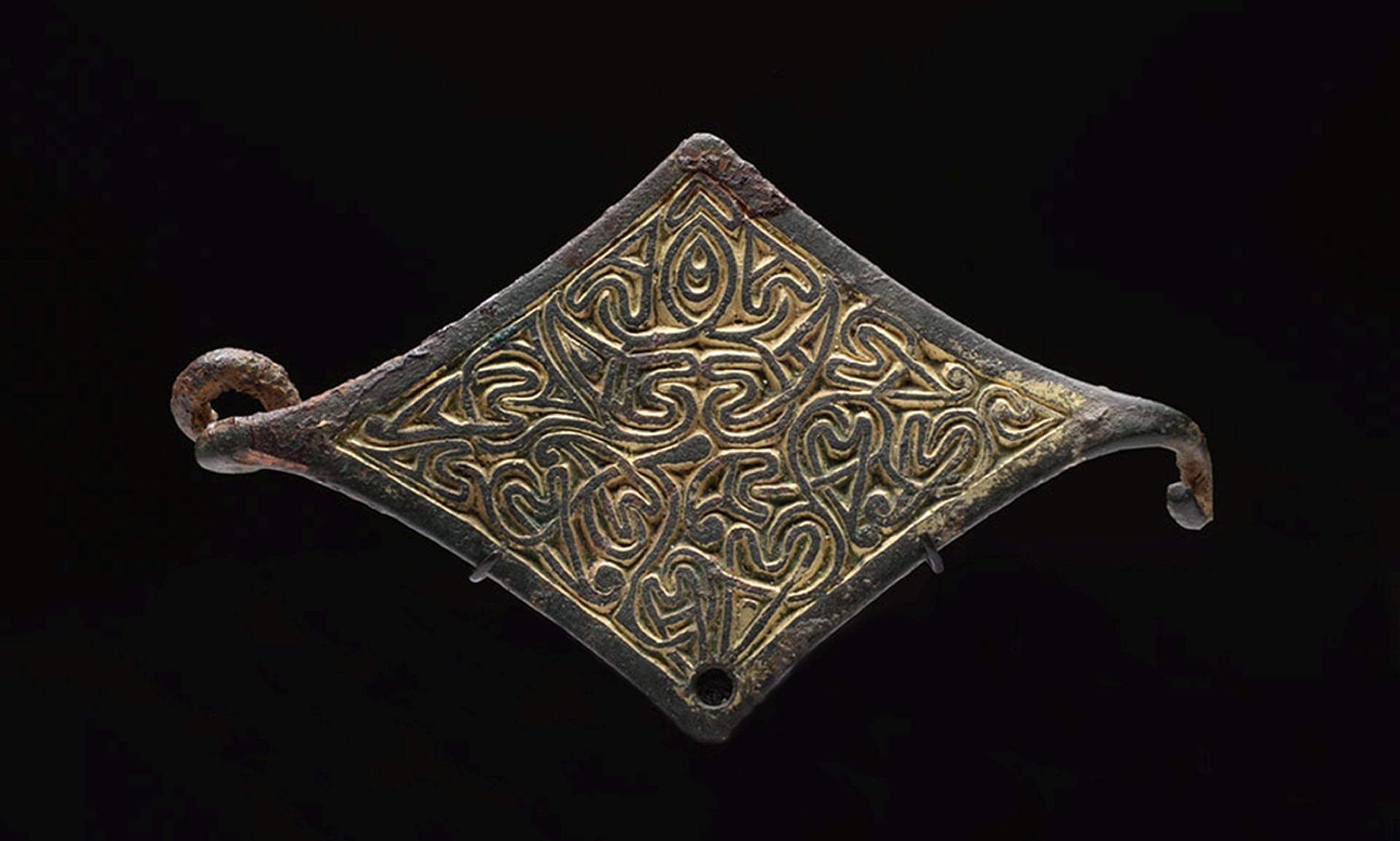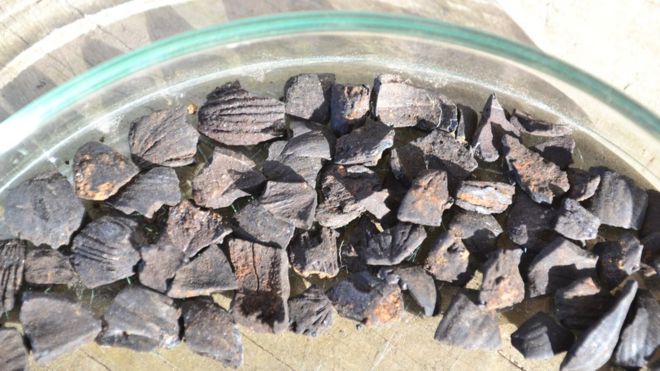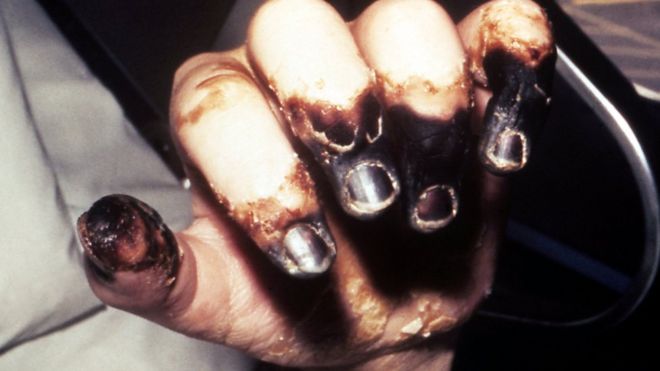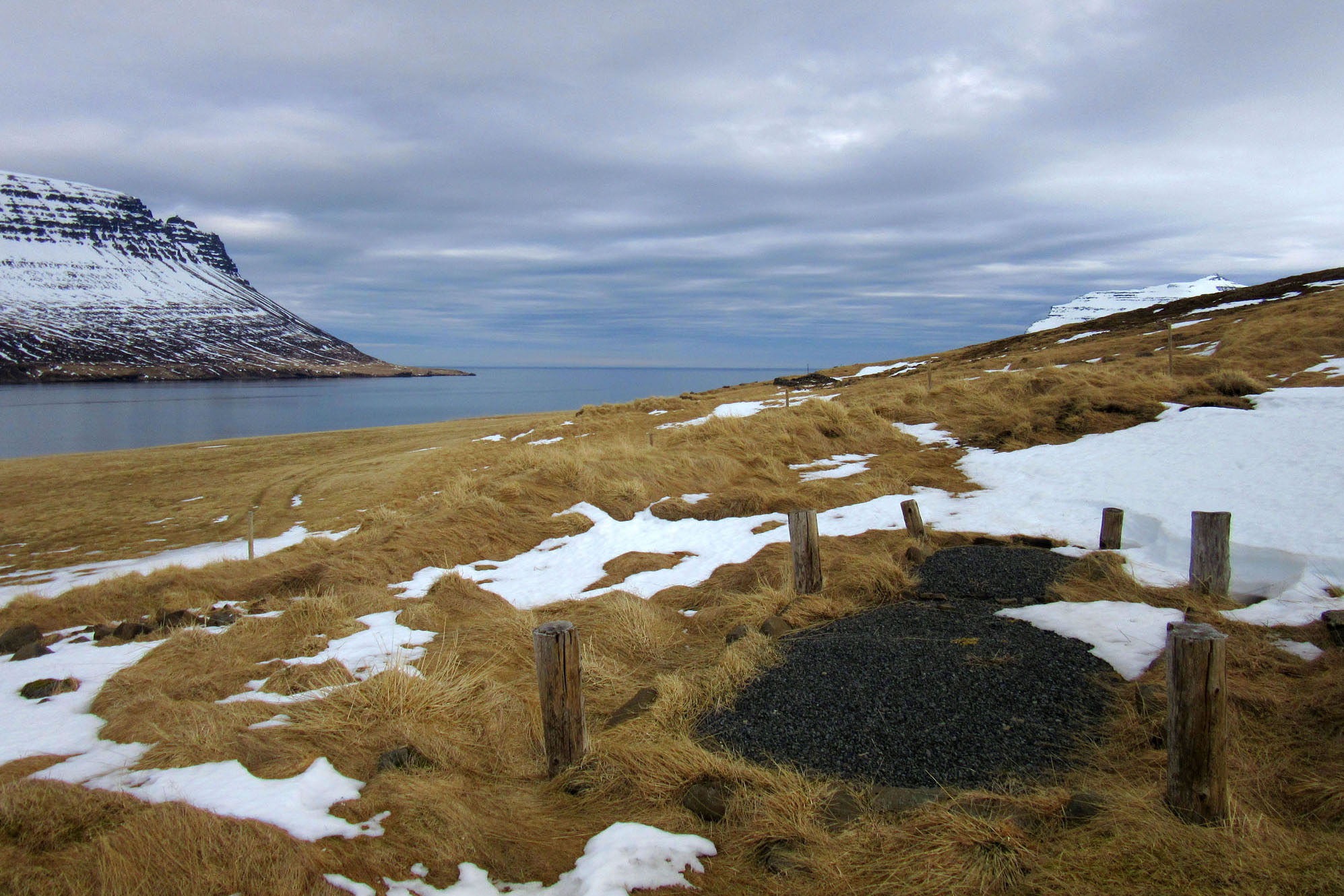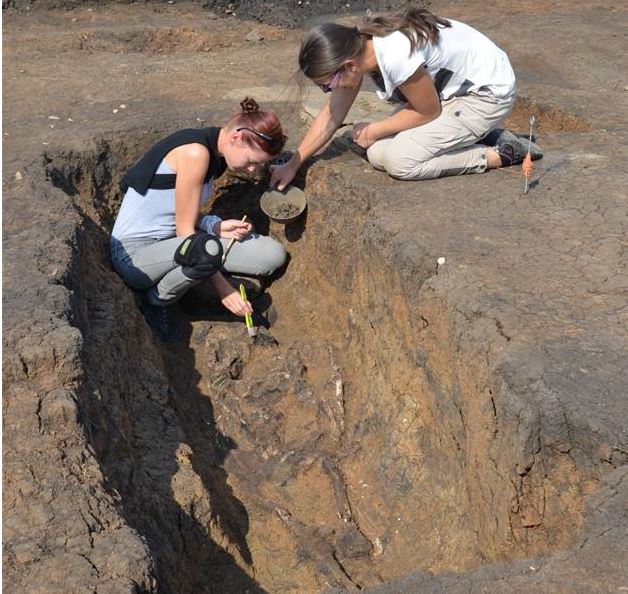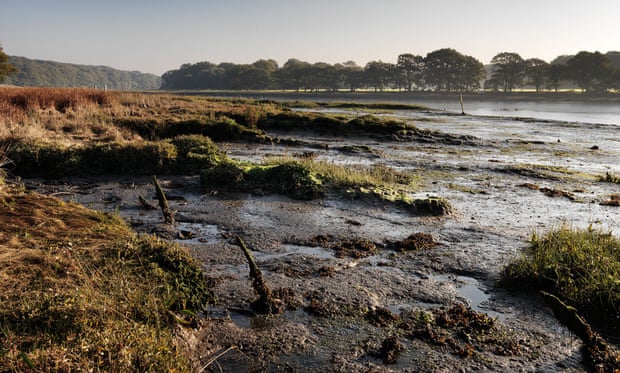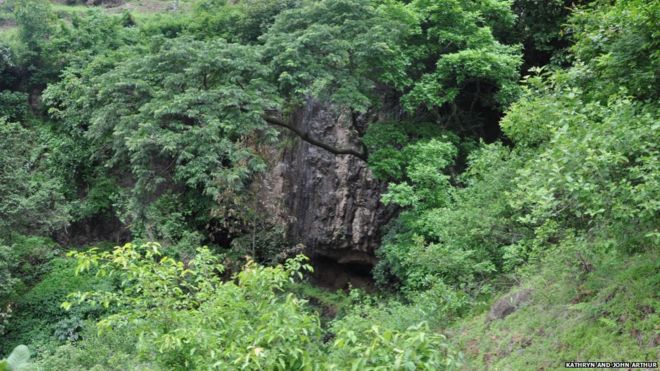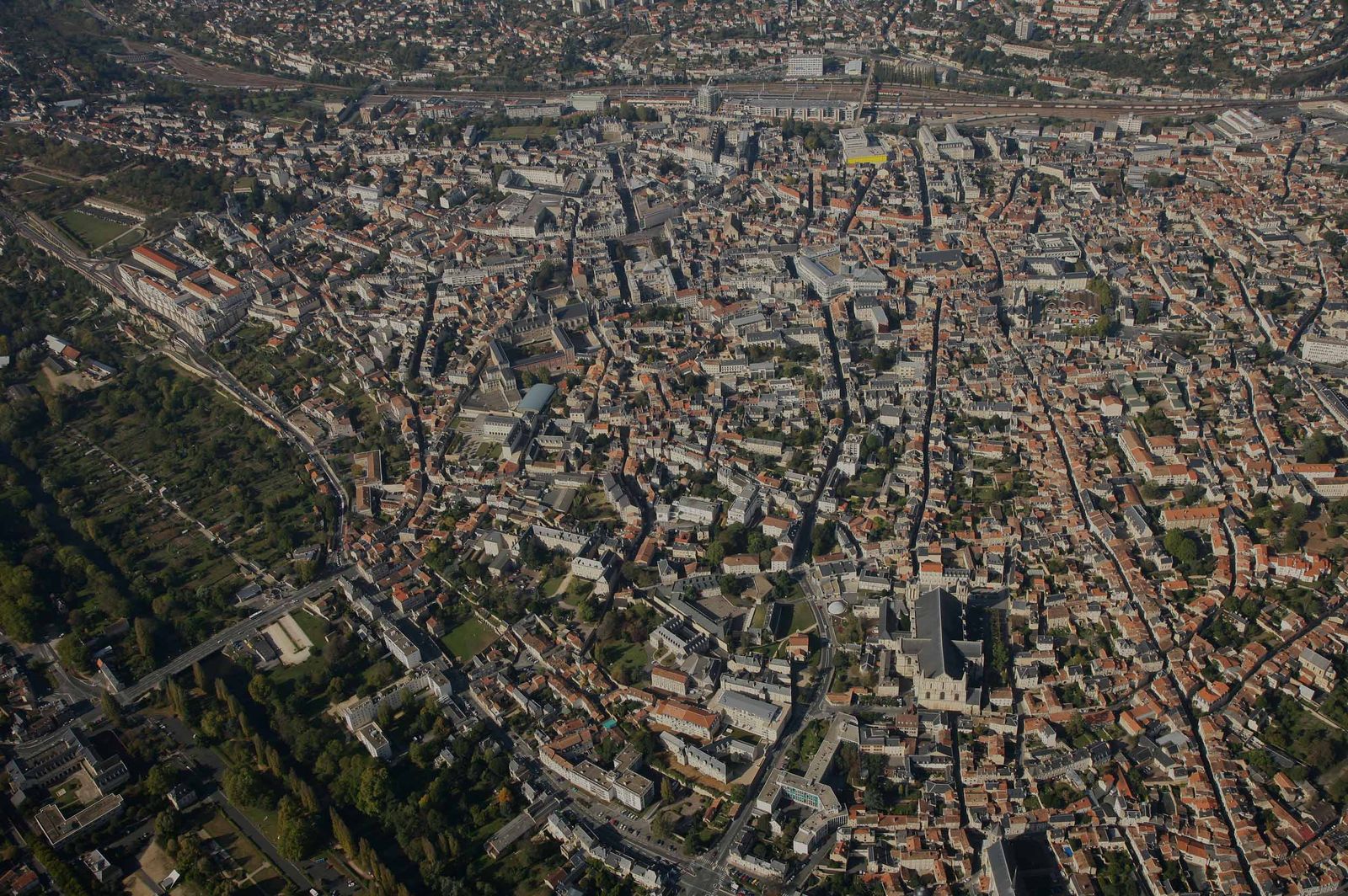The 2015 excavations of the necropolis of the settlement of the “Culture of the Encrusted Ceramics of the Lower Danube” took place in mid October 2015. Photo: Monitor daily
A total of 10 graves from the necropolis of a Late Bronze Age and Early Iron Age settlement located near the town of Baley, Vidin District, in Northwest Bulgaria, have been discovered and explored during the 2015 excavations of the site which belongs to the so called “Culture of the Encrusted Ceramics of the Lower Danube”.
In one of the ten newly found graves, the archaeologists have found a total of 16 ceramic vessels, some of which are funeral urns, reveals Nikolay Kazashki from the Vidin Regional Museum of History, who is the deputy head of the archaeological expedition in Baley.
The excavations are led by Assist. Prof. Georgi Ivanov, and consulted by Assoc. Prof. Stefan Alexandrov, both of whom are from the National Institute and Museum of Archaeology in Sofia.
The newly discovered artifacts from the Baley necropolis, which dates back to 1,600-1,100 BC, are from three distinct chronological stages of the Bronze Age culture, reports the Bulgarian dailyMonitor.
Read the rest of this article...



